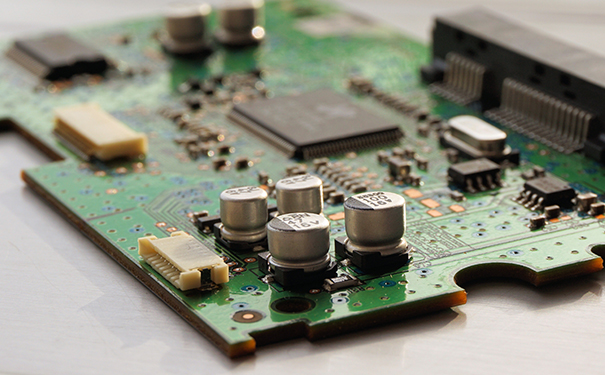Electrical components are an indispensable component of a circuit, and the correct selection of electrical components is the basic guarantee of circuit design. The selection of electrical components is a crucial step in circuit design, which must follow certain basic principles and be adjusted and optimized according to specific situations in practical applications, in order to maximize the functionality and performance of electrical components. This article will introduce the basic principles for selecting commonly used electrical components.
Parameter calculation of electrical components
When selecting electrical components, the parameters of the components should be selected according to the requirements of circuit design, such as the capacitance value of capacitors and the resistance value of resistors. The selection of these parameters should consider factors such as the working voltage, working frequency, and power of the circuit to ensure that the components can operate normally and meet the requirements of the circuit design.
Electrical component withstand voltage and power
When selecting electrical components, appropriate electrical components should be selected based on the working voltage and power of the circuit. The withstand voltage of electrical components should be greater than the maximum working voltage of the circuit to ensure that the components will not be damaged during operation. The power of the component should be greater than the power required by the circuit to ensure that the component can withstand the working load of the circuit.

Temperature coefficient of electrical components
When selecting electrical components, the temperature coefficient of the components should be considered to ensure that the components can operate normally within the operating temperature range of the circuit. The temperature coefficient of the component should match the working temperature of the circuit, otherwise the parameters of the component will be affected, leading to unstable operation of the circuit.
Quality and reliability of electrical components
When selecting electrical components, high-quality and reliable components should be selected to ensure the long-term stability and reliability of the circuit. Components produced by reputable manufacturers should be selected, and necessary testing and inspection should be conducted to ensure the quality and reliability of the components.
Cost of electrical components
When selecting electrical components, the cost of the components should be considered to ensure the economy of the circuit. Components with reasonable prices and high cost-effectiveness should be selected, and the brand and model of the components should be appropriately selected based on the actual needs of the circuit, in order to ensure circuit performance while reducing costs.
When selecting electrical components, multiple factors need to be comprehensively considered, such as circuit operating requirements, component parameters, withstand voltage and power, temperature coefficient, quality and reliability, and cost. Only on the basis of comprehensive consideration can suitable electrical components be selected to ensure the stability, reliability, and safety of the circuit.
In addition, during the selection process of electrical components, it is also necessary to pay attention to the following points:
The brand and model of the selected components should comply with national and industry standards to ensure the quality and reliability of the components.
We should try to choose components produced by manufacturers with good after-sales service, so that they can be repaired or replaced in a timely manner in case of component failure.
For some electrical components with special requirements, necessary experiments and tests should be conducted before selection to ensure that the performance and reliability of the components meet the requirements.
When selecting electrical components, attention should be paid to the matching between components to ensure the overall performance and stability of the circuit.

